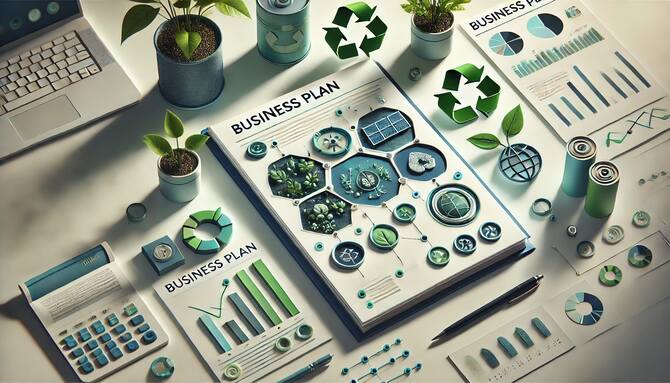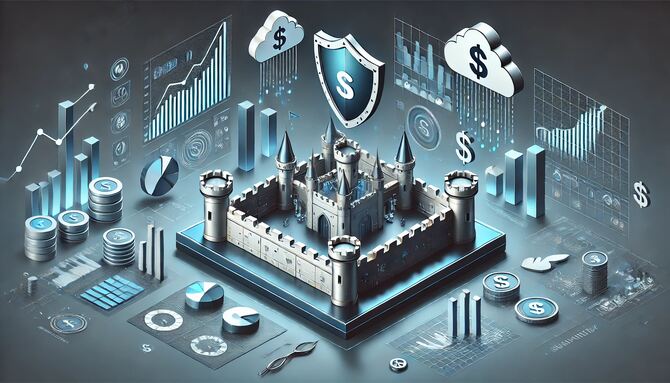
Niche Market Analysis: 7 Steps to Find and Dominate Your Perfect Market
Niche Market Analysis Dominate Your Perfect Market: Finding your perfect niche market can feel like searching for a needle in

Environmentally Sustainable Business Plan: Developing an environmentally sustainable business plan is not just about doing good for the planet; it’s a smart business strategy. In this guide, we’re diving deep into how to weave sustainability into the fabric of your business planning. We’ll explore strategies, practices, and models that not only benefit the earth but also bolster your bottom line.
When we talk about environmentally sustainable business practices, we’re referring to initiatives that reduce your carbon footprint and promote ecological health. This isn’t a niche concern anymore; it’s a global imperative. From reducing waste to embracing renewable energy, there are myriad ways businesses can contribute to a healthier planet.






Niche Market Analysis Dominate Your Perfect Market: Finding your perfect niche market can feel like searching for a needle in

Mobile Market Research Gather Real Time Customer Insights: As a market researcher I’ve witnessed a dramatic shift in how we

Market Analysis 7 Steps to Launch Your Product Successfully: As a product development strategist I’ve learned that launching a new
The Business Plan Blog is an established website and service, founded in February 2008 and has been dedicated to the world of business planning. This platform serves as a rich repository of business plan knowledge, showcasing a variety of approaches to draft business plans.
Aspiring entrepreneurs and seasoned business plan writers will find a wealth of resources for writing a business plan.
The blog aims to demystify what a business plan entails, offering invaluable insights on building a business plan that effectively navigates the pathway to business success.
Our approach seamlessly combines in-depth theoretical understanding with practical, real-world examples, offering you a clear and comprehensive insight into what’s necessary. We’re always here, ready to extend a helping hand. If you’re considering our expertise to meticulously craft your business plan, simply fill out our contact form. We’re eager to collaborate and create a tailored business plan that meets your specific needs!
online support